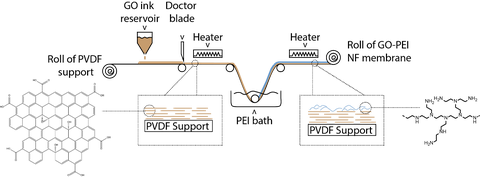Mainak Majumder
Title: Realization of the potential of practical Graphene Oxide membranes for molecular separations
First and last name: Mainak Majumder
Affiliation: Monash University
Short Biography: Mainak Majumder is a professor in the Department of Mechanical and Aerospace Engineering of Monash University. He joined Monash as a lecturer in 2010 after his postdoctoral stint at Rice University, USA (2008-2010). He is the Director of the Australian Research Council’s Research Hub on Advanced Manufacturing with 2D Materials (AM2D), and an Associate Director of the Monash Energy Institute. He and his team have taken fundamental scientific breakthroughs in Graphene materials from the laboratory to market, including products such as energy-efficient water filtration systems and energy storage systems to enable dissemination of IoT technologies.
Abstract
Membrane-based separation technologies have many advantages over traditional separation methods such as adsorption, and distillation in terms of energy- and cost-efficiency and modular deployment of technology. In practice, these advantages can be meaningfully harnessed only if advanced membranes with properties such as high permeance, tailorable selectivity [1-2], chlorine, pH and solvent resistance [3-4], low-fouling characteristics [1], long-term stability under operational conditions [5,6] alongside green and sustainable manufacturability [6] are demonstrated. In the last 7-8 years, our research group has taken rapid strides to realize these properties in membranes made from graphene-oxide, including scaled-up manufacturing in roll-to-roll approaches. In this talk, I will summarize this journey reflecting on our work including some aspects of translation to industry and future directions.
Figure 1: Schematic for roll-to-roll fabrication and modification of Graphene Oxide membrane. [5]
References
[1] Akbari et al., Nat Commun 7, 10891 (2016),
[2] Sheath et al., Phil. Trans. R. Soc. A.374: 20150028,
[3] Akbari et al., ACS Appl. Mater. Interfaces 2018, 10, 2, 2067–2074,
[4] Meragawi et al., ACS Appl. Bio Mater. 2020, 3, 1, 584–592,
[5] Mergawai et al., J. Mater. Chem. A, 2020,8, 24800-24811,
[6] Meragawi et al., ACS Sustainable Chem. Eng. 2021, 9, 32, 10846–10856


